How #ban and #boycott trends on social media impact brand strategies?
In the social media universe, #ban and #boycott trends have become a daily threat to brand conversations and damage the reputation of brands. Recent examples of WhiteHat Jr., Tanishq, Eros Now, Flipkart, and Kent RO show that such incidents are becoming more common by the day.
Unlike traditional media campaigns, monitoring and management of campaigns on digital platforms is a difficult task, owing to the variety of platforms and the ability of millions of users to engage with the content of the brand.
On Friday, Adgully engaged with digital media experts in a #TwitterChat to understand the implications of the recent brand controversies on the strategy that marketers will adopt to communicate on social media. Joining in the discussions were:
Also read: Rise of the ‘Boycott Squad’: Creating ads for an offended India
Aman Dhall, Founder, CommsCredible (@amandhall25)
Ankita Chauhan, Group Head - Strategy, Tonic Worldwide (@ankita2208tweet)
Archit Agarwal, Reputation Manager - Digital & Design Lead, The Mavericks India (@architlost)
Arvind Nair, Regional Director- North India, Mirum (@Arviind)
Deepak Krishna, Associate Creative Director, Schbang (@krish_deep)
Manesh Swamy, Vice President - Creative | Social Media | PR & Marcom, Logicserve Digital (@maneshswamy)
Meenakshi Sarkar, Head - Corporate Communications, Hero Future Energies (@MeenakshiSarka1)
Rajeesh Rajagopalan, Vice President - National Client Servicing Head, Grapes Digital (@rajeesh_rajish)
Sanjay Tripathy, Cofounder and CEO, Armsprime (@Sanjay_tripathy)
Here are some key insights that emerged from the discussions...
Impact of social media backlash on brands
Meenakshi Sarkar: Online reputation management is a priority for brands, ergo there need to be specific internal guidelines for employees’ social media behaviour. Brands have started defining content governance for style and tonality of social media content published from official handles or employee accounts.
Sanjay Tripathy: Yes, brands have set internal media guidelines. But not many have crisis management mitigation in place. The worst time to start planning for a crisis is when you’re in the middle of one. Pre-crisis planning is key to successful social media crisis mitigation.
Evolving Crisis Management Response
Deepak Krishna: Brands and advertisers alike must be very cognizant of the fact that any message you put out, will not just be read by your existing or potential users. Digital is a very levelled playing field, it's upto you to deal with the bouquets and brickbats alike.
Manesh Swamy: Even a handful of such segments can bring a campaign or brand ambassador down, with no fault of the brand. I feel the Risk Analysis of all the campaigns should be mandatory now, do proper A/B testing with groups.
Nobody can be 100% prepared for the troll police, you can plan to a certain extent, but mostly you will have to face it as the situation arises, yes in some cases the comments section has suddenly become the most powerful voice or rather the loudest voice.
Archit Agarwal: There needs to be some amount of focus grouping for sure. Brands that invest in high value assets perhaps need more diverse eyeballs on their content before they take it live. Not saying it doesn’t happen today, but more can be done.
Rajeesh Rajagopalan: Crisis management was always supposed to be more than just apologising and retracting. The big change has been the speed and agility with which brands have started reacting.
Ankita Chauhan: Retracting is not the only solution. In the case of brands like WhiteHat Jr, trolling is related to the product itself and that cannot be changed. Brands need to build meaningful engagement and collaborations. Again, brands also choose to ignore such acts, which again is advisable in certain circumstances.
Aman Dhall: There is never a set template to respond in a crisis scenario. There are guidelines, which you would look at and try to ensure that the relevant ones are followed. Every crisis is unique, and presents a challenge. If it’s not unique, and a template can solve it, it’s not a crisis.
Will brands adopt social media monitoring tools?
Ankita Chauhan: Today, people look for online reviews even when buying something as small as a pair of socks. It is imperative for brands to monitor conversations and mentions. This is not always just for crisis management, today not leveraging a positive mention is also a lost opportunity.
Arvind Nair: Listening has to be hygiene for every brand. Even more so in the current/ post-COVID scenario. The power of social/ digital is the ability to hear the audience in real time, and be able to make the right decision.
Listening is the base for everything that you can do. It’s the equivalent of an actual offline survey, where voices and opinions can flow in real time. Messages and campaigns can be built out in real time. It is a no brainer.


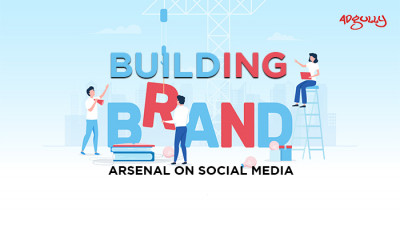












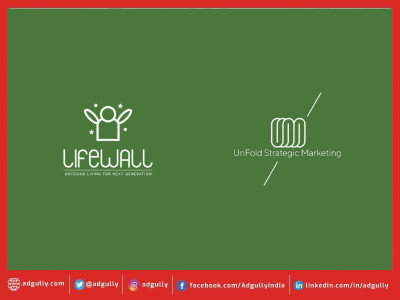


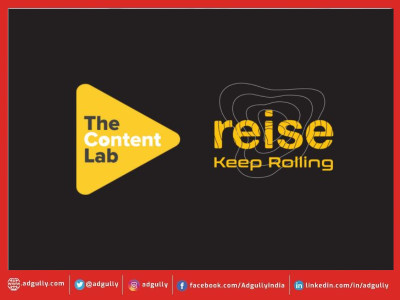


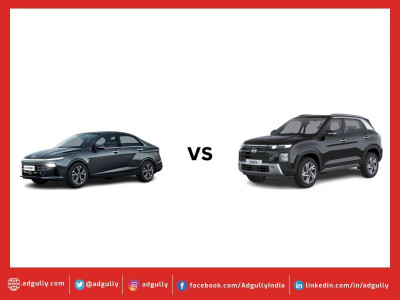


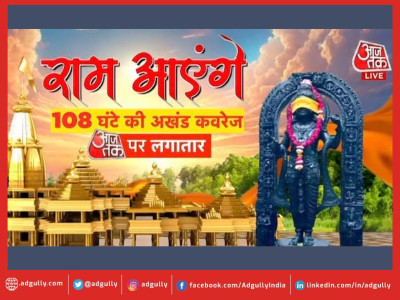

Share
Facebook
YouTube
Tweet
Twitter
LinkedIn